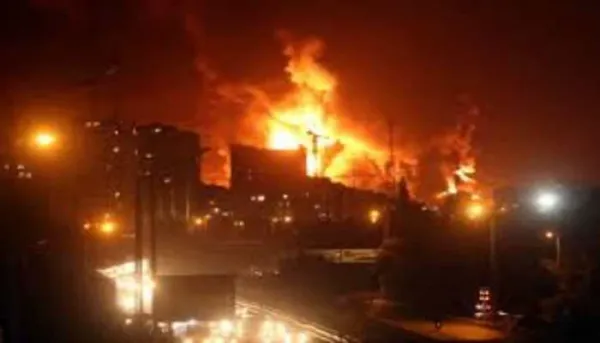
New Delhi: On paper, the odds seem skewed. Israel, a nation of just nine million, is taking on Iran a regional heavyweight with nearly 90 million people and vastly greater territory.
Tel Aviv has built a sophisticated edge with modern weaponry, much of it supplied by the United States and a seasoned intelligence network that reaches far beyond its borders.
Israeli jets, equipped with precision-guided munitions, have executed strikes deep inside Iranian territory. Satellite images released on June 15 revealed significant damage to infrastructure above ground in Natanz, one of Irans key nuclear sites. Israel has claimed near-total control over Tehrans airspace, emphasising that most of Irans aging fighter jets never even took off.
Much of this air dominance stems from Israel's use of U.S.-made aircraft and munitions, including long-range missiles capable of disabling ground-based air defense systems. In one notable operation last October, Israel targeted Irans S-300 missile defense system from a distance, neutralising a key layer of Iranian protection.
Even before air raids began, intelligence agents embedded in Iran reportedly paved the way. Israeli operatives smuggled drones across the border to locate and strike remaining air defense units. These drone strikes, along with the targeted elimination of several Iranian military commanders, crippled Irans ability to respond quickly.
The Arsenal and the Allies
Estimates suggest Iran once held the largest arsenal of ballistic missiles in the region, numbering between 2,000 and 3,000. Israel now claims to have destroyed a substantial portion of those, including key production sites and missile launchers. One-third of Irans surface-to-surface launch systems have reportedly been rendered inoperable.
Despite these setbacks, Iran is not out of the game. It still retains short-range air defense missiles that could threaten Israeli aircraft. Military analysts believe Israel, while dominant in the skies for now, has yet to fully neutralise the Iranian threat.
Tehrans regional allies have also struggled to offer meaningful resistance. Hezbollah in Lebanon and Hamas in Gaza both long-time beneficiaries of Iranian support have seen their frontline capabilities severely diminished.
However, Yemens Houthi rebels continue to launch missiles toward Israeli targets, even downing several surveillance drones despite U.S. airstrikes.
Beyond the battlefield, Israel relies heavily on Washington. The Iron Dome missile interceptors, bunker-busting bombs and the advanced fighter jets it uses all originate from the United States.
Some of these weapons, particularly those capable of reaching deep underground sites like Fordow, are still withheld by Washington. President Donald Trump is reported to have blocked Israeli plans to target Iran's Supreme Leader directly.
Even with unmatched air power and intelligence, Israel faces limits. It can disrupt Irans nuclear ambitions, but fully dismantling them appears out of reach. Changing Irans leadership remains an even more distant goal.
For now, what Israel has achieved is tactical disruption. Whether that translates to strategic success remains to be seen.